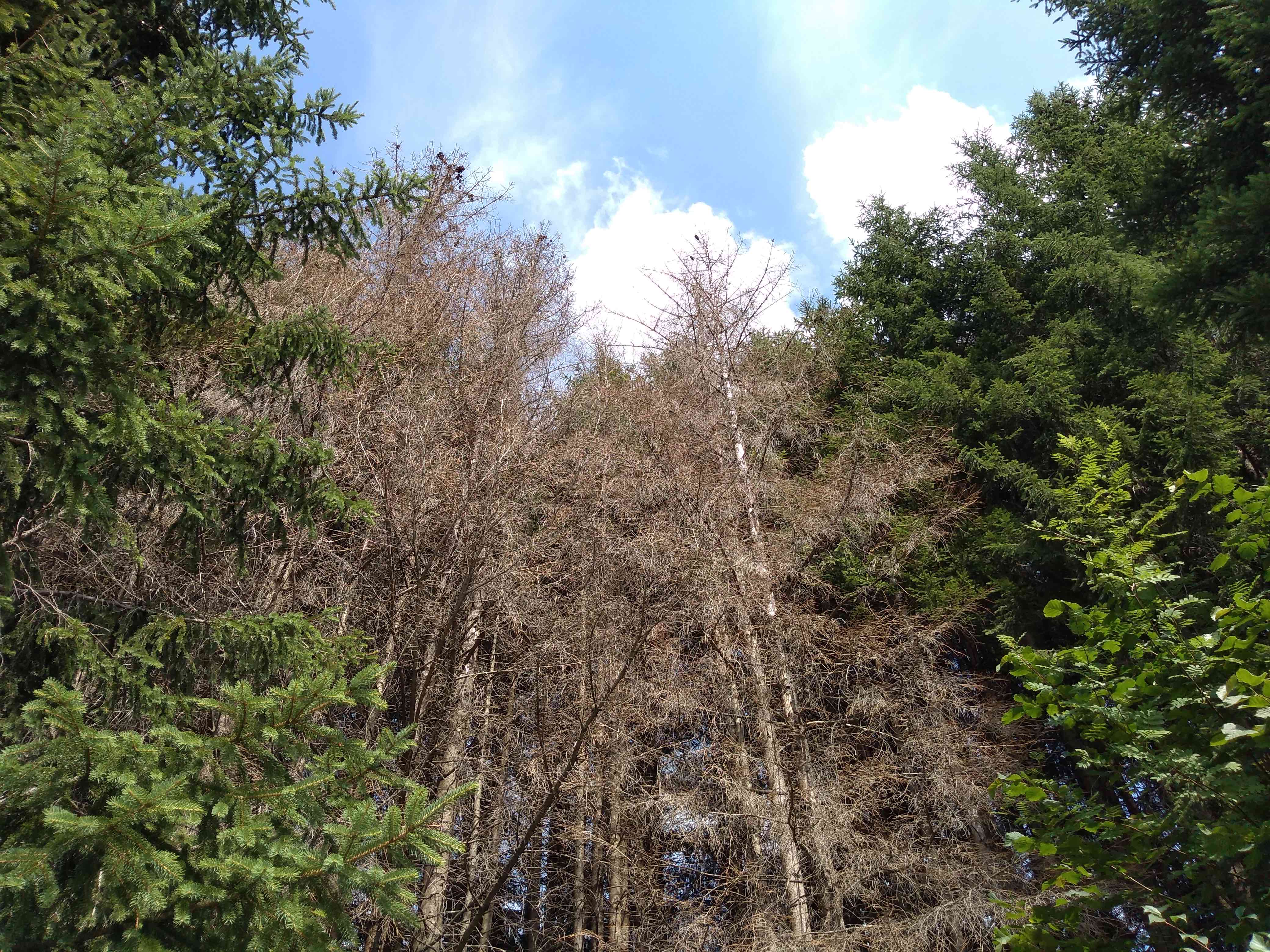 This is a surprisingly difficult question to answer. We know the main causes, ranging from dramatic events such as fire, clearcut harvest, insect outbreaks and drought, to more everyday processes related to competition and old age. However, we are currently unable to clearly quantify the contribution of each of these causes and how that varies across the world’s forests.
This is a surprisingly difficult question to answer. We know the main causes, ranging from dramatic events such as fire, clearcut harvest, insect outbreaks and drought, to more everyday processes related to competition and old age. However, we are currently unable to clearly quantify the contribution of each of these causes and how that varies across the world’s forests.
Yet, being able to do this is important and goes far beyond simple curiosity. Forests provide a range of services to humans. One of those is storing a large amount of carbon in their wood that might otherwise be in the atmosphere. Overall, the world’s forests are increasing this stock with time, offsetting anthropogenic carbon emissions. If we are to understand whether this uptake is going to change going into the future, or even if forests are going to become a source, then we need to understand how tree mortality is going to change over the coming decades and centuries. Doing this requires that we know the main mechanisms driving tree death in different forests.
Our new study takes a first bite out of this question, by calculating the contribution of large-scale disturbances to tree mortality – or more specifically, the amount of carbon contained in trees killed by these large-scale disturbances. Large-scale disturbances include any process that kills a large (>0.1 ha) contiguous patch of trees in a single event, including fire, windstorms, clearcut harvest and insect outbreaks. The study builds on satellite observations of forest loss from between 2000 and 2014, previously quantified by other researchers, and uses these to estimate the typical time between large disturbances across the world’s dense forests. This information is then fed into a computational model of the world’s forest vegetation to calculate the effect that those disturbances have on the forest behaviour and structure.
We found that large-scale disturbances contributed ca. 12% of total tree mortality across the world, but with wide regional variation; parts of Scandinavia, the USA, Canada and Russia had a particularly high contribution of these disturbances. This provides a hitherto missing baseline for the relative contribution of these disturbances to tree mortality. We also found that the stocks of carbon held in vegetation in those areas with relatively high frequencies of these disturbances were sensitive to relatively small changes in that disturbance frequency. That is, changes in disturbances rates in these regions could lead to substantial uptake or loss of carbon over the coming century.
This study is a first step towards the aims of the TreeMort project, which seeks to quantify the rates of tree mortality and identify the contributions of different driving mechanisms. On-going work aims to break down these total number for large disturbances into individual contributions from mechanisms such as fire, wind and harvest, and to identify the role of other mechanisms behind the remaining 88% of the world’s tree death.
The study is published in Nature Geoscience
